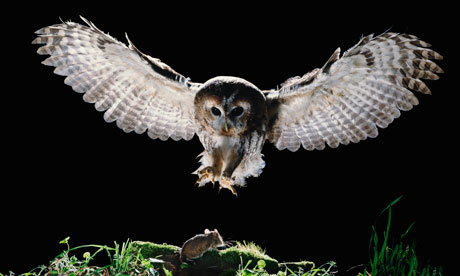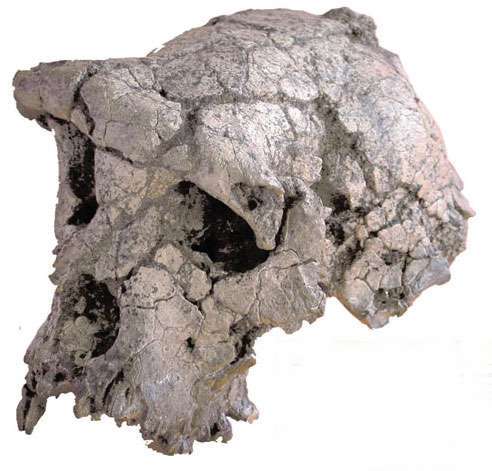Dear Mama,
Life as a wolf has being the toughest but its getting even more dangerous for our kind. We've been haunting for food but every time its decreasing, i don't know what to do to protect my pack as being the leader. I think as being the leader i will have to leave some behind if they don't prepare for what humans may be planning. We keep moving & moving to far places were humans wont have a clue where we are hidden. Being a wolf have been really rough because im trying to find for shelter for my wolf pack but i can't ive also sent some to help me to seach for food but nothing. Any who i tell my wolf pack that if they're left behind to just try to survive or try to search for shelter and come back to let us know. I'm choosing hard decisions but also im letting them choose their own because i won't force them to do anything they don't feel like doing. Even though its hard mom i will try to survive but if i dont i just want to let you know, I tried helping and that I love youu and just to watch out for those hunters searching for us.
Well Mom I want to thank you for everything you taught me how to fight if I get attacked by the humans. you helped me to grow up. Have my own pack of wolf because of you I'm the wolf I am now. I'm always going to be your little Mia. But hey if I survived i will come and visit you okay mom, but don't worry about me I'll be fine, I know how to protect myself so don't panic. You've taught me well. Anyway i have to go now, I have to go with my pack to search where to stay and find for food,goodbye mother.
Sincerely,
Mia



















